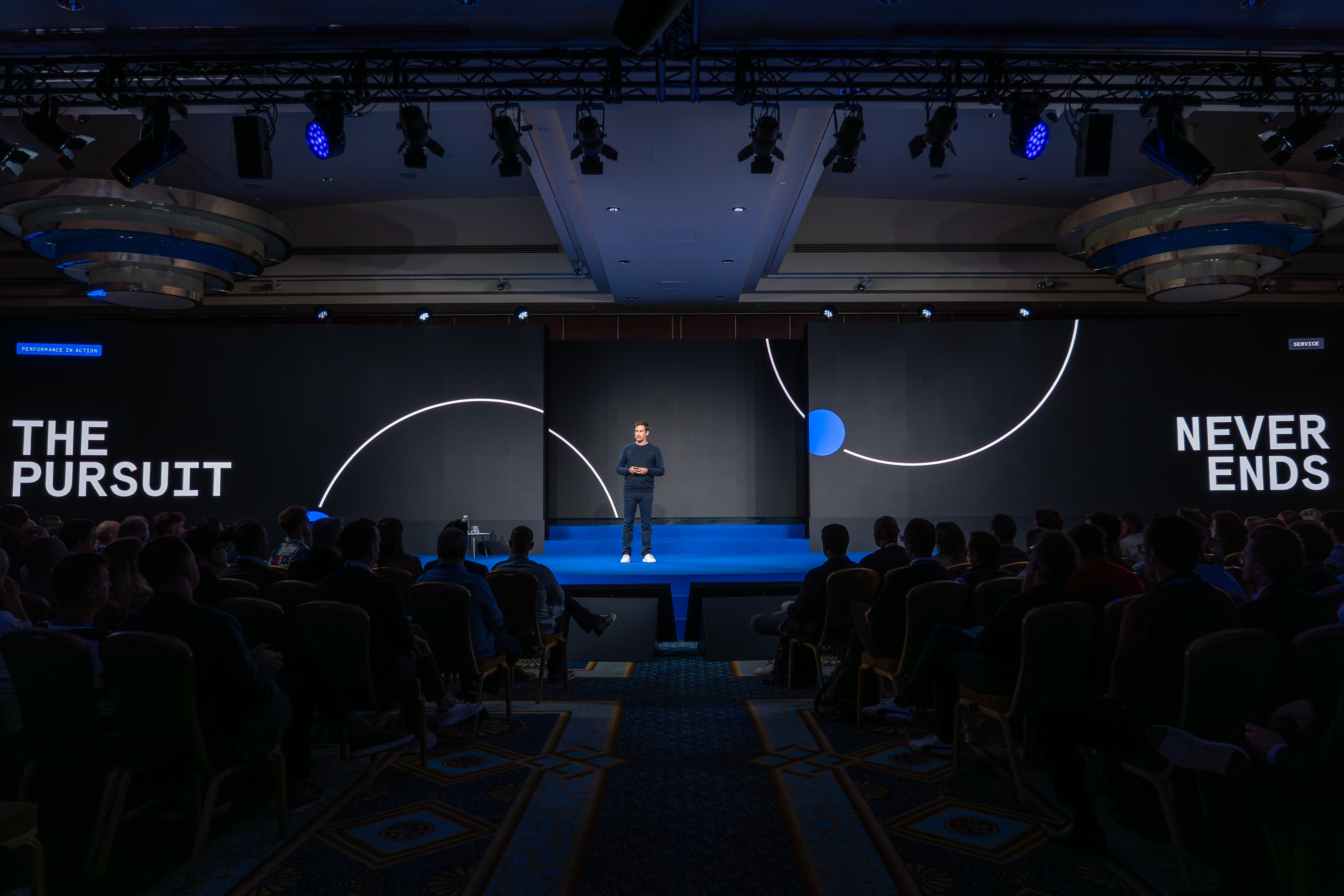Your potential customers are scrolling through social media and see an image of a dress that’s perfect for their upcoming holiday. They pass a restaurant they’d like to try while out driving. They see a video for a recipe that looks delicious on TikTok.
Shopping online has never been easier, but for merchants, taking advantage of these moments of discovery and inspiration by allowing consumers to make an in-the-moment purchase or decision is the next evolution in shopper convenience.
It’s called contextual commerce, and it’s been enabled by the emergence of a number of game-changing developments, including in-app shopping, voice assistants, and smart devices. In essence, it reduces pain points between engagement and payment that could cause a potential customer to abandon a purchase.
But how exactly does it work? What are the benefits? And how can ecommerce merchants use contextual commerce to drive sales and loyalty?
What is contextual commerce?
Contextual commerce is the practice of seamlessly integrating buying opportunities into a customer’s everyday activities, whether they’re jogging, cooking, or on social media. In other words, it’s a form of ecommerce that allows someone to purchase products or services directly from the context in which they discover them, without having to leave the platform or application they are currently using.
In practice, this could be anything from a buy button on an online video to a voice command on an Apple watch, though technologies like augmented and virtual reality also present powerful opportunities for contextual commerce.
Find out more about what to expect from payments in 2023.
Contextual commerce examples
Let’s say someone is scrolling through Instagram and discovers an image of a model wearing a hat they like. Not long ago, standard practice would be to leave the platform, go on Google, search the brand and then search the brand’s website for the hat, all before they’re even presented with the opportunity to click ‘buy’. For a consumer, there are many reasons to give up on this convoluted journey.
Contextual commerce allows them to click on the image and instantly purchase the hat without leaving the app - it’s browsing to buying in a click. It’s effective because it reduces friction and increases convenience for your customers, which generates more sales for your business. The fewer touchpoints there are before the completion of a sale, the less likely they are to abandon their purchase.
Best ways to use contextual commerce
A social media user buying clothes on Instagram is just one example of the uses of contextual commerce to an ecommerce business. Here are some other situations that present merchants with an opportunity for contextual commerce:
- In-store collection - a customer discovers a product and wants to swing by your outlet and pick it up rather than wait for delivery, so they arrange an in-store collection with a click on whatever app they’re using.
- Booking a restaurant - someone is out jogging and suddenly remembers they’ve forgotten to book the restaurant for date night, so they ask their smartwatch to make a reservation.
- Ordering groceries via Google Assistant - a busy person gets their shopping order in so everything they need is waiting for them when they get home.
- Rideshares - someone automatically pays for a rideshare, making getting from A to B hassle-free.
- Smart fridge - a smart fridge suggests stocking up on essentials, and the person puts in an instant order.
- Paying for a daily coffee in-app - paying for a caffeine fix is easy and routine from within a cafe’s dedicated app.
Benefits of contextual commerce
If the above hasn’t convinced you of the power of investing in contextual commerce as an ecommerce business, consider these key benefits:
- Anytime, anywhere - by integrating buying opportunities into an everyday context, you knock down barriers to purchase for your customers and allow them to take advantage of moments of inspiration or impulsivity.
- Boost conversions - creating more opportunities and making it easier to buy will boost the number of successful sales you can make.
- Cut costs - reduce the amount you need to spend on marketing by creating shoppable moments at the click of a button.
- Frictionless purchases - with contextual commerce, the journey from discovery or idea to purchase is reduced to its simplest form, eliminating pain points that could result in dropout.
- Boost customer loyalty - if customers associate buying from you with an easy shopping experience they’re more likely to shop with you again.
Voice as the future of contextual commerce
If the value of contextual commerce is in frictionless transacting, voice is the ultimate expression of the ideal, simplifying the journey from engagement to payment to a single spoken command. Like a Genie from a lamp, your customers can have their heart’s desire just by making a request to their virtual assistant.
With many banks having now incorporated Siri, Alexa, Google Assistant and other voice-enabled home devices into their payments ecosystem - and BBVA’s Mobile Interactive Assistant (MIA) pushing the boundaries still further with Natural Language Processing (NLP) - the widespread adoption of voice-activated payments looks sure to be a gamechanger in the future of contextual commerce.
Accept more payment methods with Checkout.com
Whatever you sell, giving your customers every possible option and opportunity to make a successful purchase is the best way to secure sales and loyalty.
Checkout.com offers merchants access to the world’s most popular payment methods, ranging from global card schemes to digital wallets, so wherever you are and however your customers like to pay, you can succeed. We can help you optimize your payment setup, with contextual commerce solutions such as payment links, which allow you to create unique buy buttons on a web page or digital link, and fast and reliable online payment processing.
For more information on how our payment links product works, see our documentation.



%20(1).jpg)









.png)


